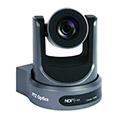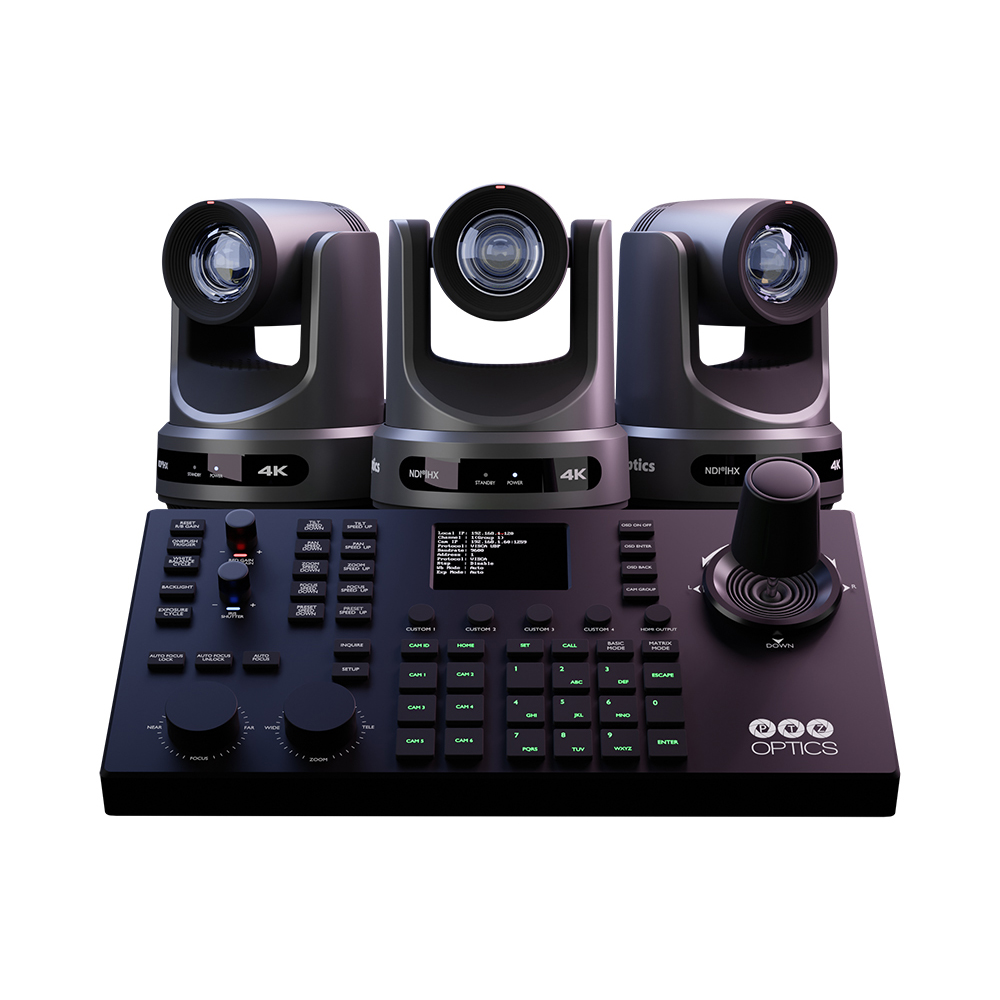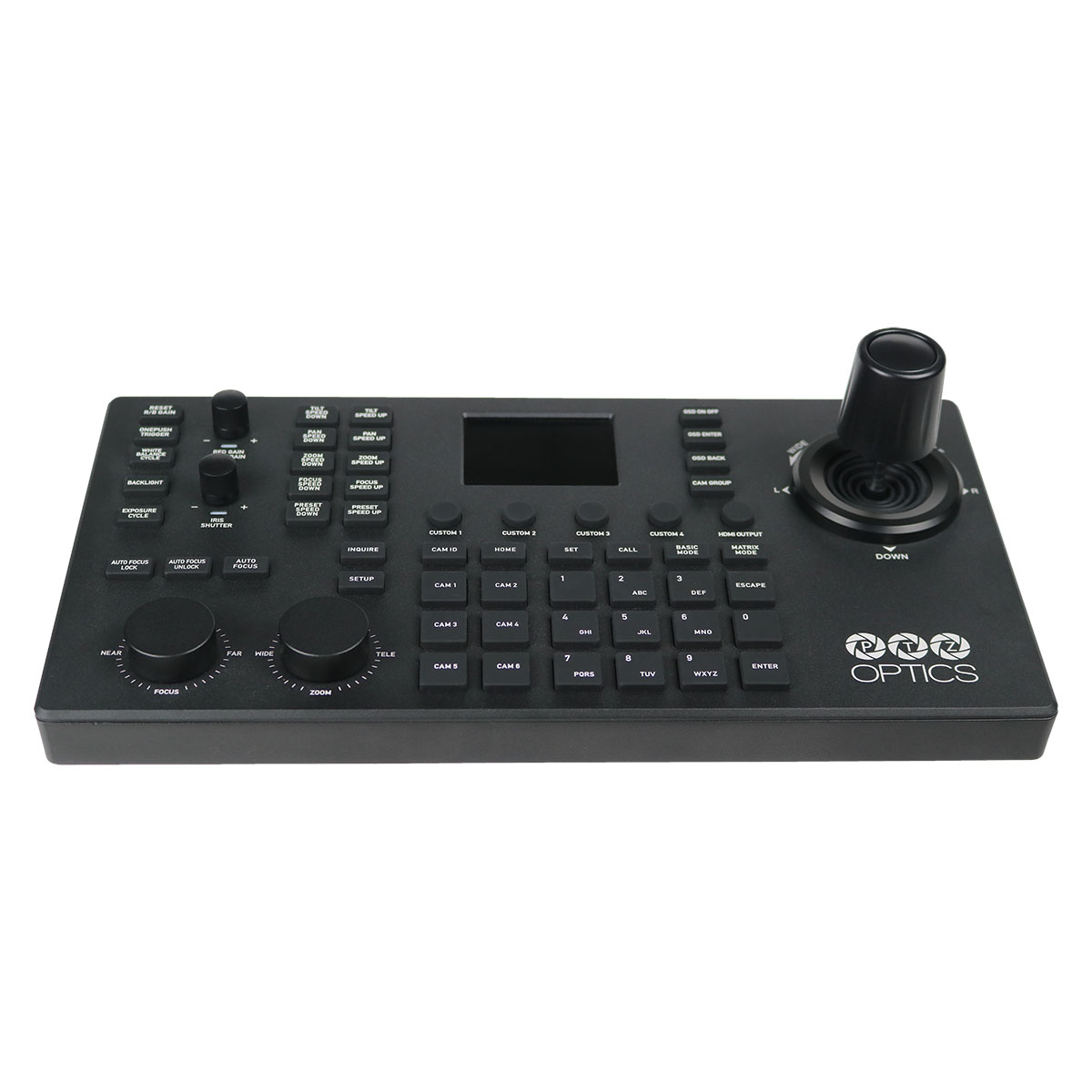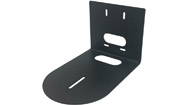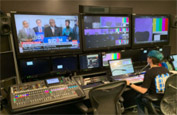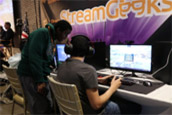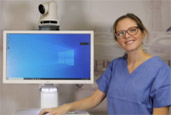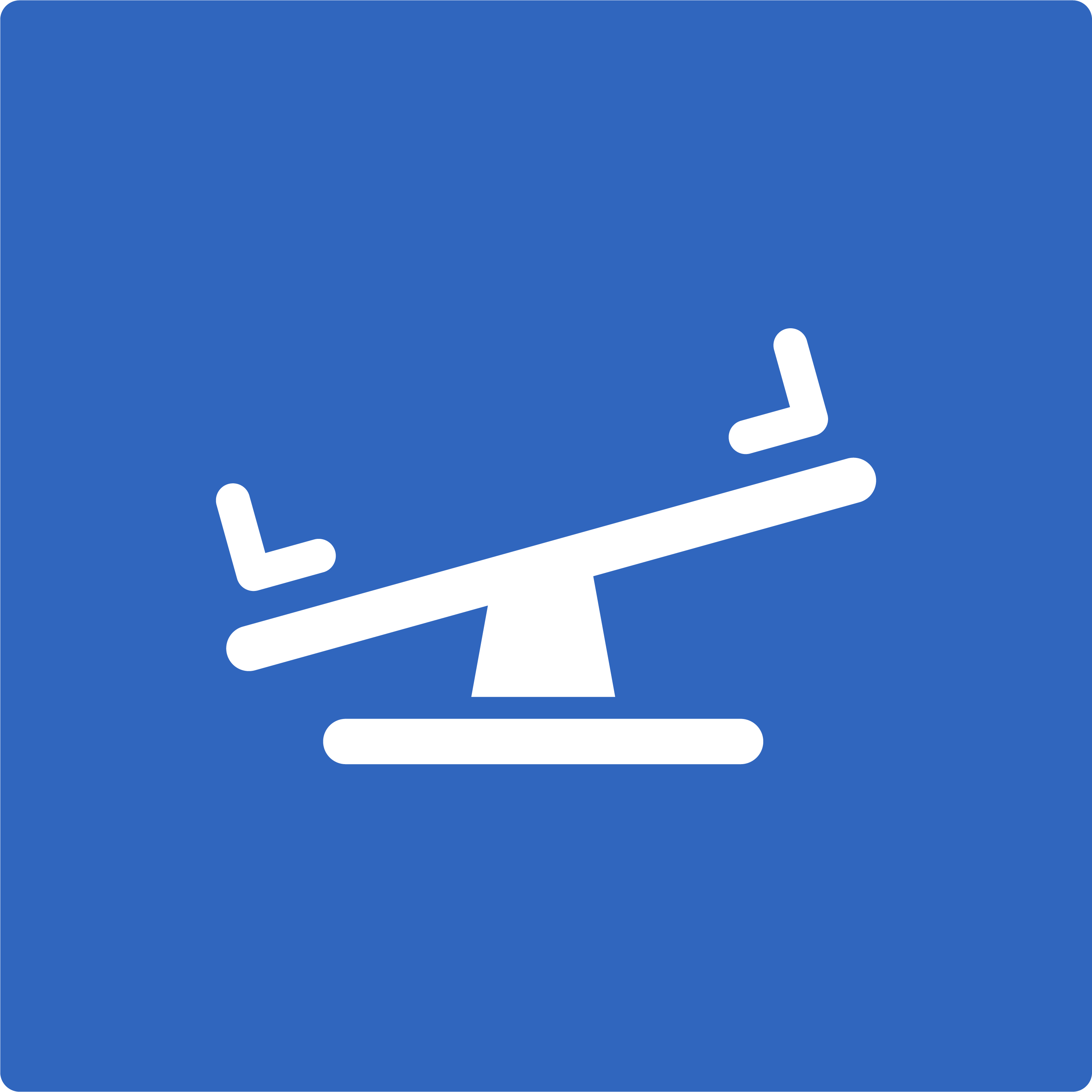Education
In the modern era of technology, video has evolved into a vital instrument for educational institutions. As distance learning flourishes and the demand for versatile and captivating educational experiences grows, video has surfaced as a formidable channel for disseminating educational material to an extensive audience. PTZOptics cameras are used to create great audiovisual solutions for education. From live streaming sporting events to distance learning for university-level courses,
Explore the Possibilities
-
Portfolio
-
Case Studies
-
Additional Resources

HETMA-Approved Solutions for Learning
HETMA-Approved PTZOptics Products:
PTZOptics Solutions for Education
PTZOptics Helps UNC Dental School Provide Virtual Shadowing
Transforming AV Solutions at Johns Hopkins University
Rosemont College
In March 2020, Pennsylvania Gov. Tom Wolf mandated stay-at-home orders, and K-12 schools, colleges and universities closed for the remainder of the semester. While many schools had to adopt technologies quickly for their reopening plans, Rosemont College was ready to accommodate students with previously implemented audiovisual technologies.
Download the full case study here.
USC Keck School of Medicine
“We’re flipping the classroom, one recording at a time,” this is the motto of the Soto Studio run by Gary San Angel inside the University of Southern California’s Keck School of Medicine. The flipped classroom is a highly regarded educational strategy for delivering interactive media into a blended learning environment. The studio is often used to produce high-quality recordings for professors who are preparing to deliver portions of their curriculum through online learning courses.
You can learn more about this case study here.
Live Streaming School Graduations
Schools are increasingly recognizing the immense value in live streaming graduation ceremonies, a significant milestone in a student’s educational journey. By broadcasting these momentous occasions, educational institutions not only connect with family and friends who may be unable to attend in person but also foster a sense of community and inclusivity. PTZ cameras, with their pan, tilt, and zoom functionalities, are ideally suited for this purpose. Their ability to capture dynamic and comprehensive footage ensures that every graduate’s special moment is highlighted. Advanced features such as auto-tracking and remote control provide professional-grade video quality, allowing viewers to feel as though they are part of the ceremony, no matter where they are located. Learn more about this case study with Morgan County High School here.
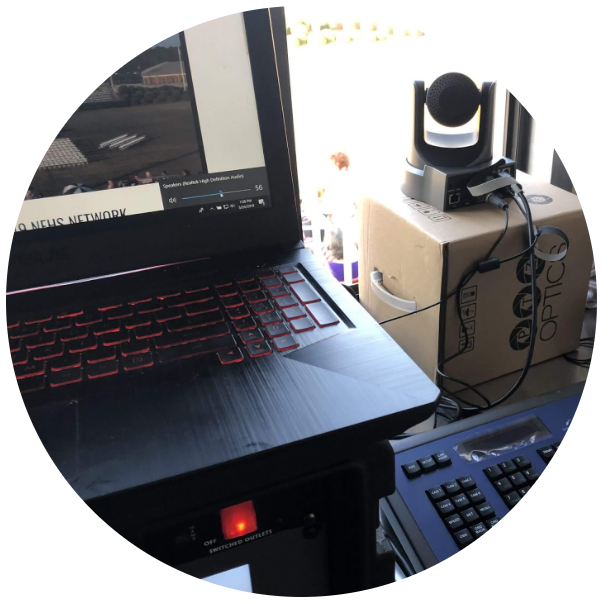
Auto Tracking Camera System Designs
Auto-Tracking Classroom Camera Example
In this classroom example, there is a PTZOptics Move SE auto-tracking camera connected to the Epiphan Pearl Nano. The Pearl Nano is a lecture capture device which incorporates the camera, the instructors presentation and the classroom audio system into one video recording system that is fully automated. Epiphan offers strong integrations with Yuja, Panopto and other learning management systems.
PTZOptics Presenter Lock™
With the PTZOptics Presenter Lock™ technology, the camera can lock onto a specific person from up to 300 feet away, even while other people are in frame. Plus, this built-in auto-tracking feature allows users to seamlessly switch between on-stage presenters with the simple click of a button.
Remote Learning Camera Setup Example
Educational presentation spaces will often have audio-visual systems with multiple cameras to capture video for lectures and presentations. In this workflow diagram, multiple PTZOptics cameras are used in a large auditorium area with a joystick controller for the operator.
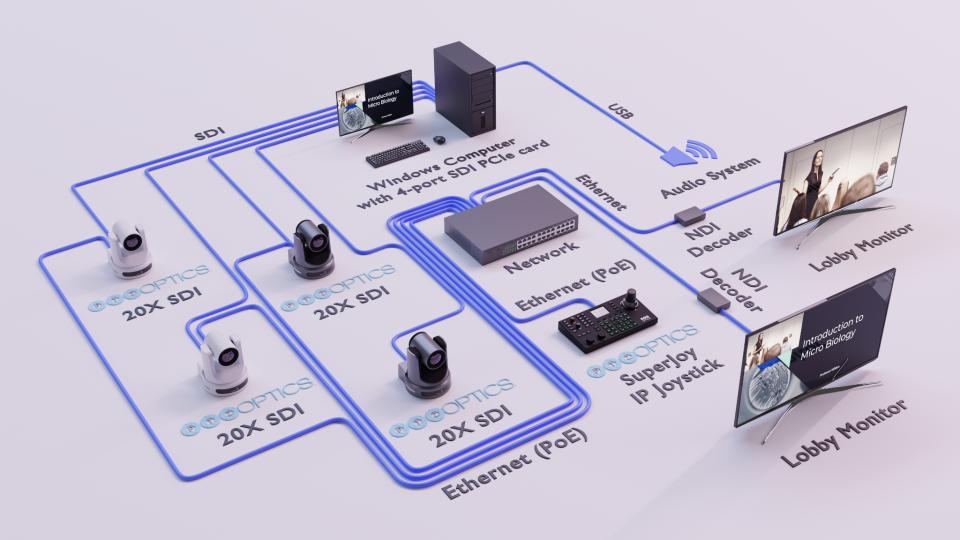
Introducing the Award-Winning PTZOptics SimplTrack3
Auto-Tracking and Auto-Framing
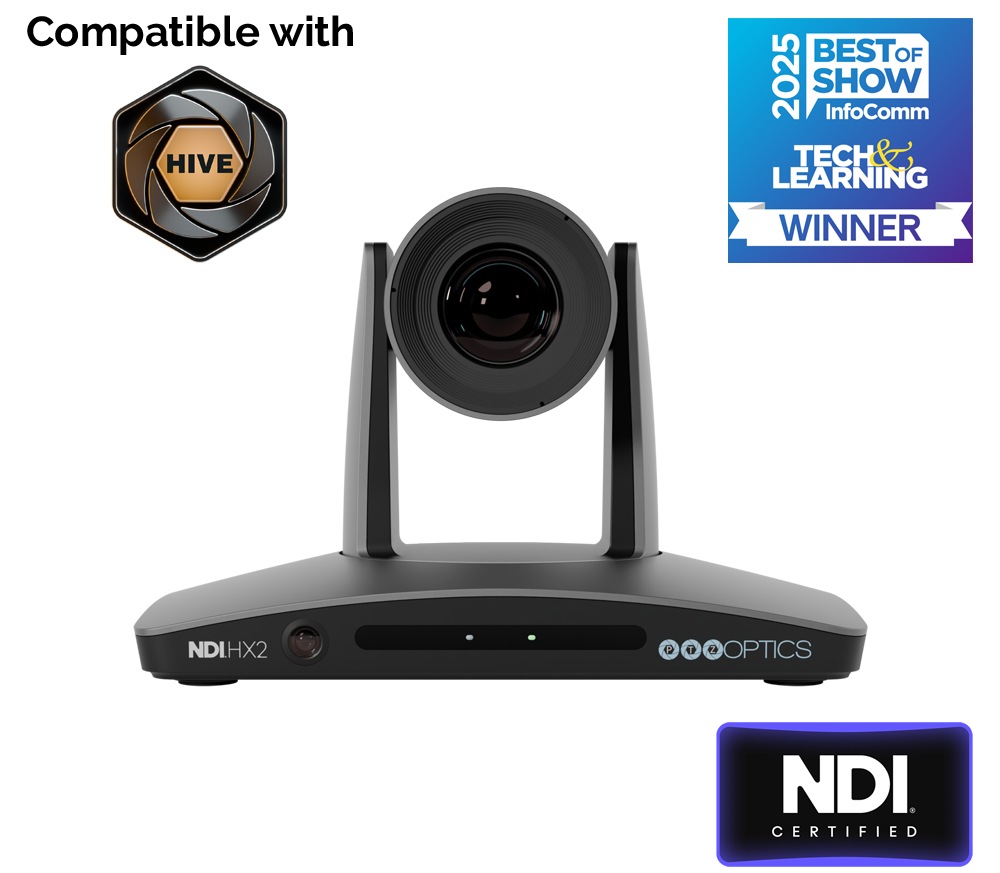
Understanding Dual-Sensor Auto-Tracking Cameras
Lecture Capture with Auto-Tracking
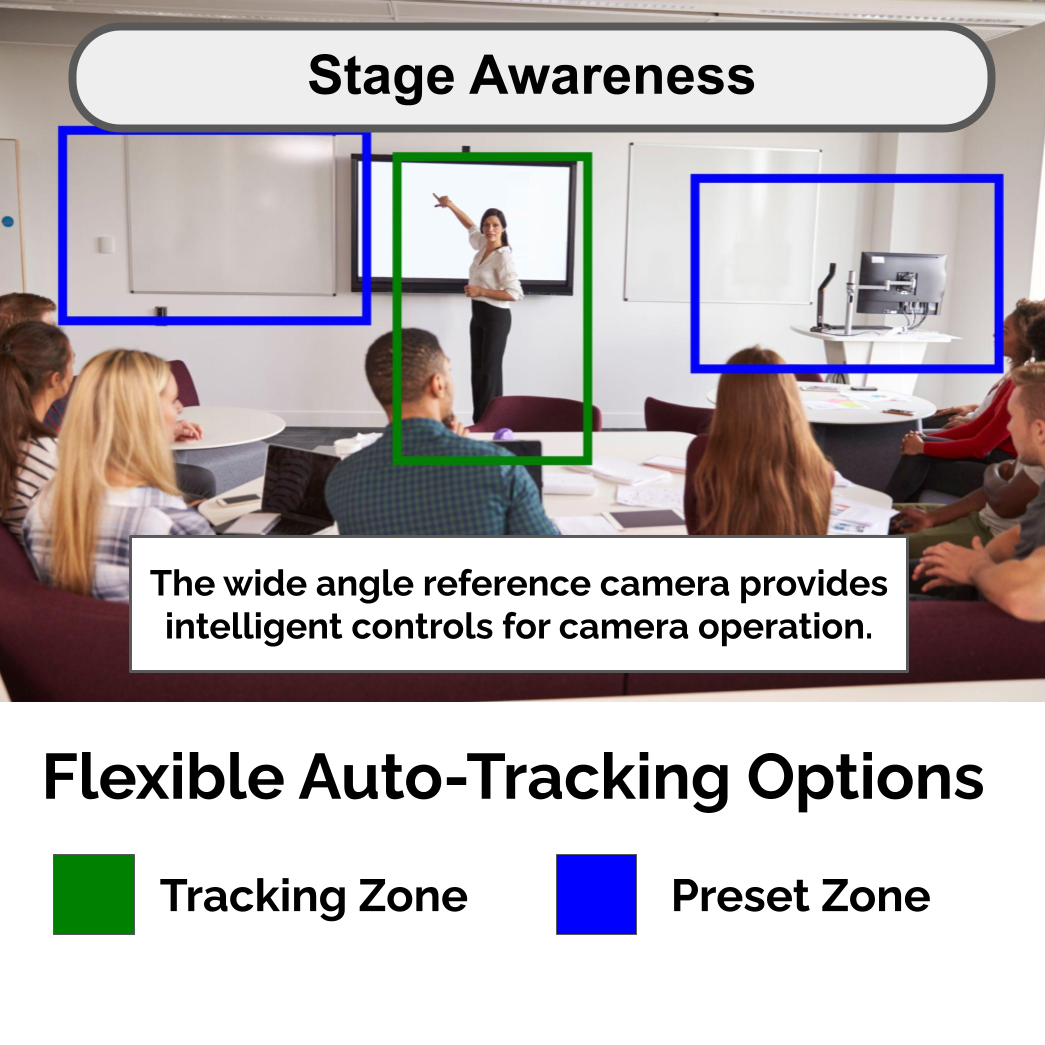
Lecture Capture Camera Solutions
PTZOptics cameras are compatible with most lecture capture systems available today.
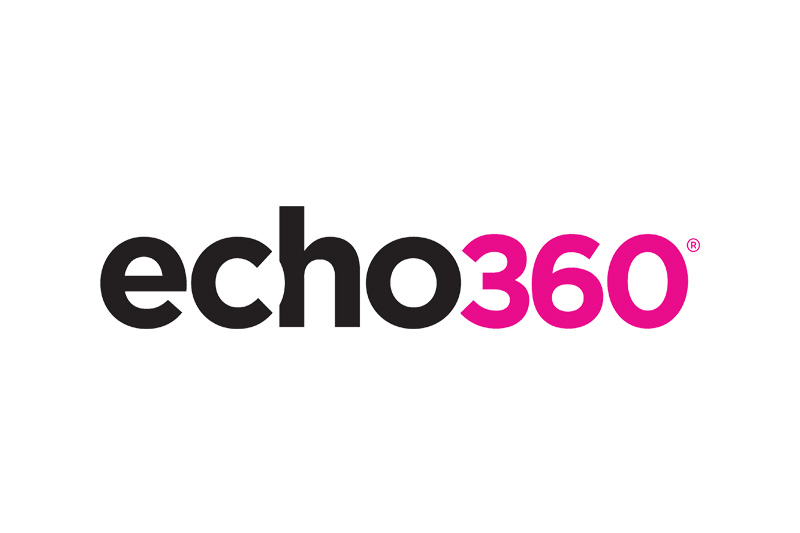





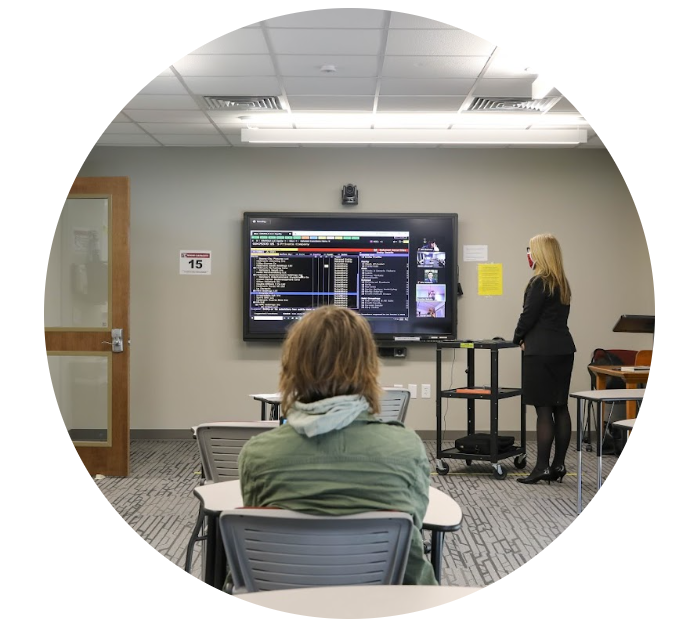
Educational Video Solutions
Utilizing PTZ cameras, schools and universities have the capability to record lively and compelling visuals of lectures and presentations, equipped with a suite of sophisticated functions like auto-tracking and remote manipulation. These attributes enable a smooth and top-tier experience in capturing lectures for both students and instructors, no matter the configuration of the classroom. Whether the goal is to document lessons for remote education or to assemble a collection of coursework for subsequent reference, cutting-edge PTZ cameras are instrumental in augmenting the educational process and elevating the effectiveness of learning.
PTZOptics Hive
Manage classroom technology remotely, allowing for multi-room management with ease. This flexibility is ideal for virtual classrooms and distance learning solutions across campus.
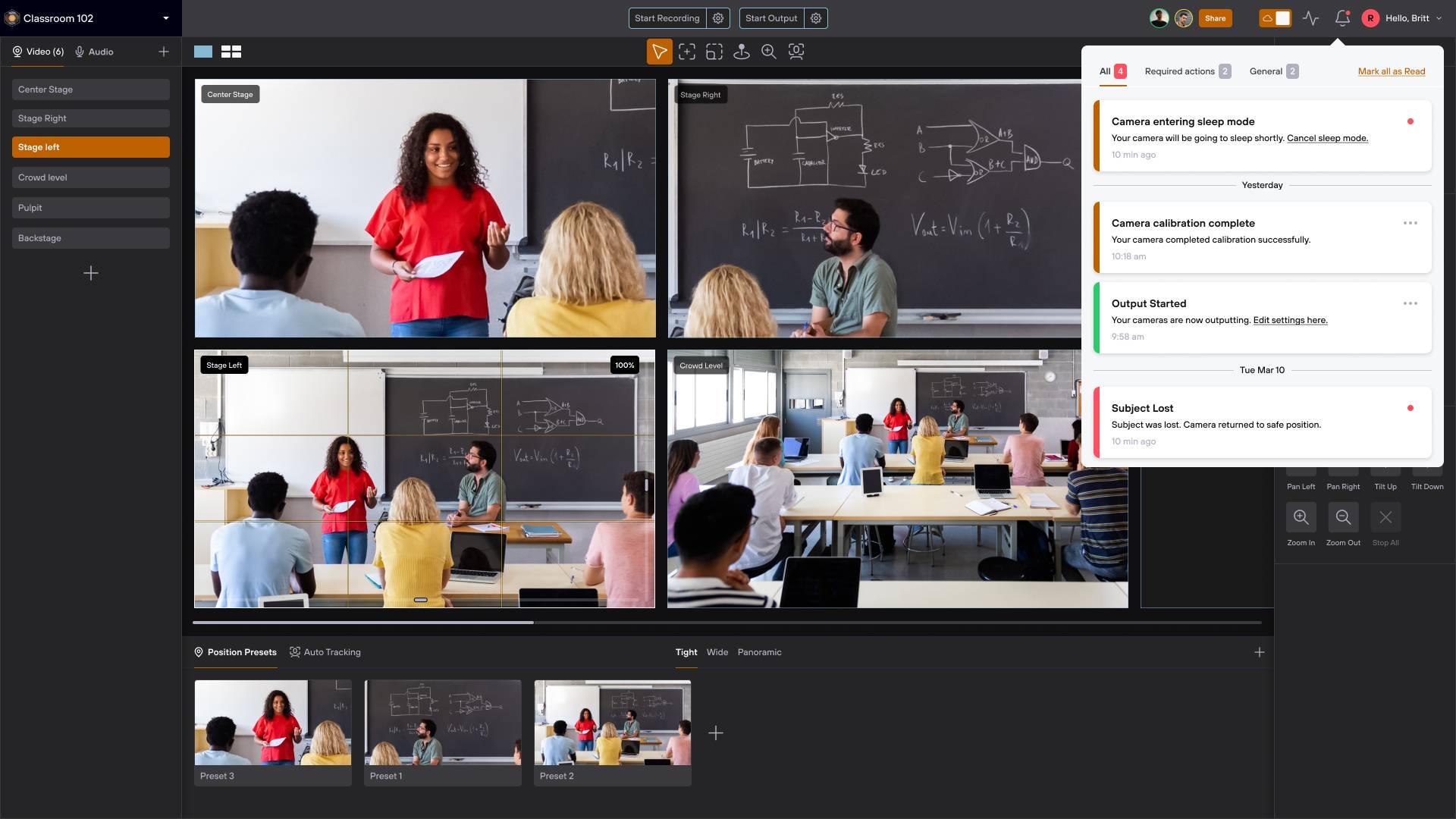
PTZOptics Hive-Linked Cameras
Hive-Linked cameras can connected directly to your Hive Studio for remote production without the need for a computer.

Remote Classroom Management
- Centralized Control: Instructors can manage multiple classrooms and monitor lecture capture equipment from a single location, simplifying administration and enhancing the learning experience.
- PTZ Camera Control: Hive enables precise control of PTZ cameras for capturing lectures, ensuring that students receive high-quality, well-framed video recordings.
- Equipment Monitoring: Hive provides real-time monitoring of lecture capture equipment, allowing IT staff to identify and address issues quickly, ensuring minimal disruption to classes.
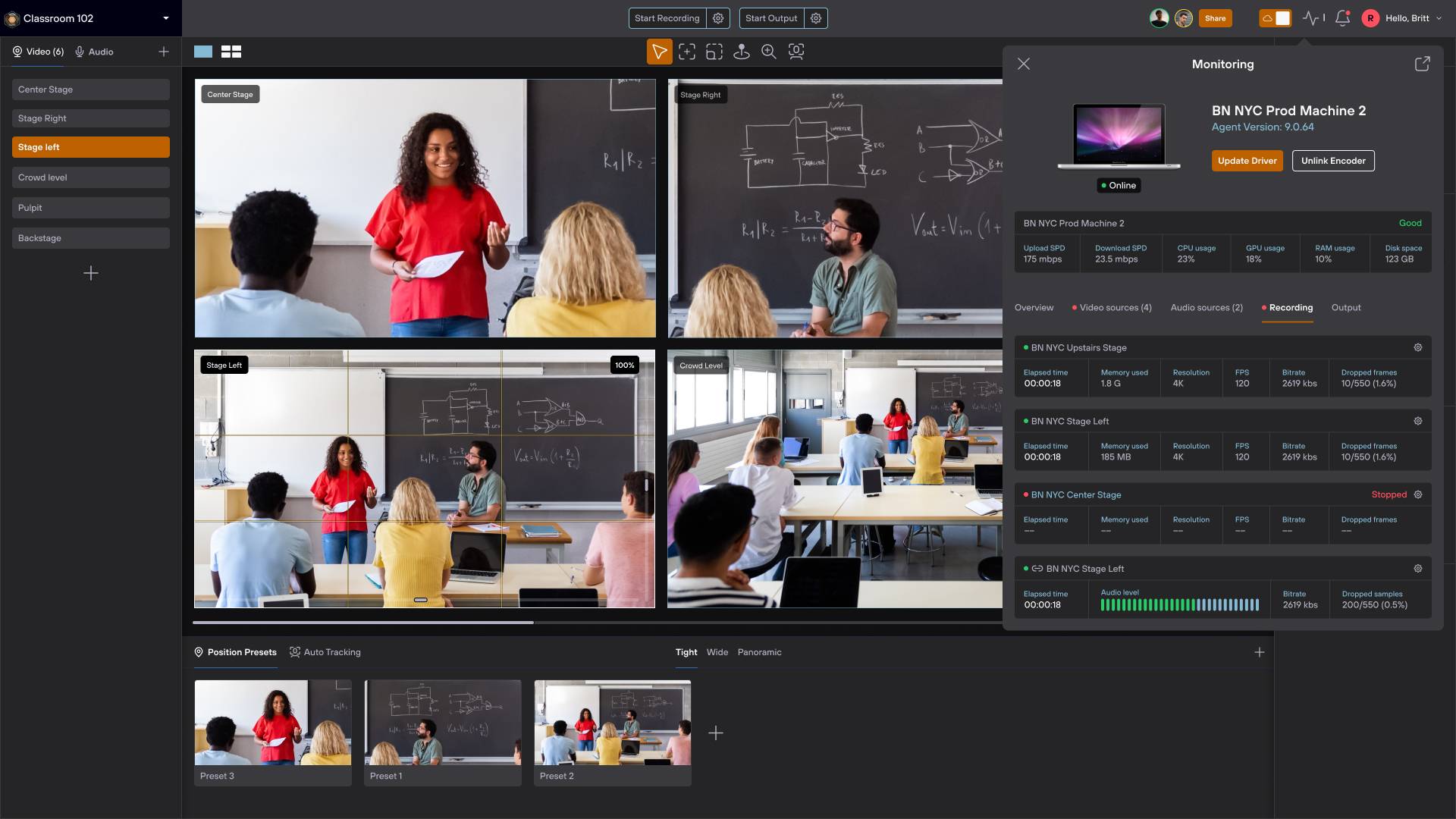
Integrations for Your Education Workflow
PTZOptics offers integrations with some of the most popular video tools in the world.






Check Out the Latest PTZOptics Products!
Producer SE Bundle
Producer 4K Bundle
The Move 4K
The SuperJoy
The Studio Pro
The Link 4K
Why Work with PTZOptics?
Offering industry-leading engineering, best-in-class warranties and award-winning support, PTZOptics robotic pan-tilt-zoom camera and control solutions easily integrate into a variety of applications across the broadcast and live streaming field. Our team of AV experts is here to help you develop the perfect system for your production, and make your vision a reality.
Ready to Get Started?
Just fill out the form below and a PTZOptics representative will be in touch shortly.

